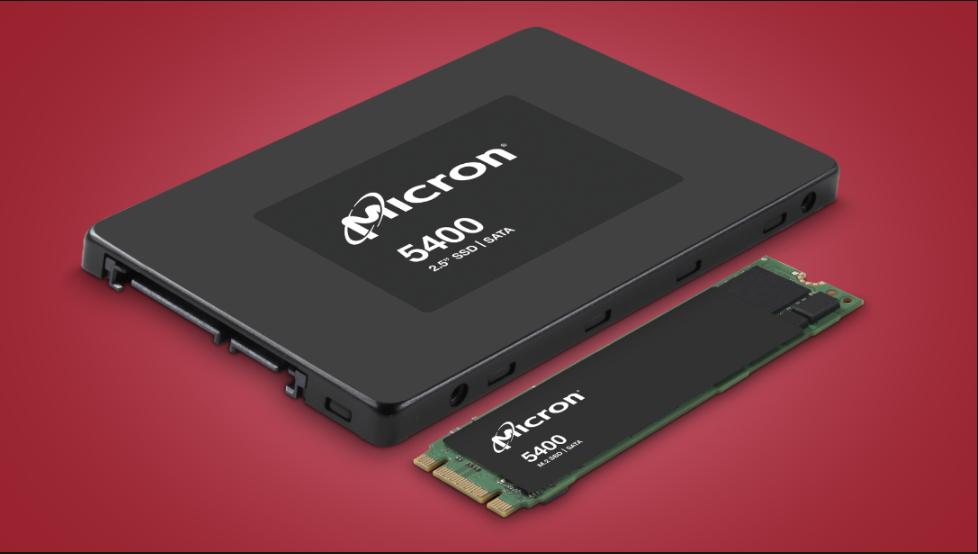Micron's latest SSD could deliver a fatal blow to the HDD
New SATA-based 5400 SSD promises better reliability, enhanced TCO

Micron has announced a new SATA SSD, but with a difference; it is the first to come with the firm's proprietary 176-layer NAND technology.
The announcement comes just a few days after the US semiconductor behemoth launched a 1.5TB microSD card, the largest of its kind, which features the same technology.
The Micron 5400 is the direct successor to the Micron 5300, launched in October 2019, which used a 96-layer NAND. As such, the 5400 is more of an evolution of the 5300, as it keeps the same form factor, connector, capacities and performance.
Both even share the same sequential read speed (540MBps), MTTF (mean time to failure) of three million - which Micron claims is 50% more than the industry average - and five-year warranty.
The Micron 5400 comes in an M.2 or a 2.5-inch design with a SATA port, with sizes ranging from 240GB to 7.68TB. The company has yet to disclose how expensive (or cheap) the new SSD will be.
Analysis: More of the same thing?
While the Micron 5400 is a shoo-in replacement, it is one that doesn’t really bring much to the table except, perhaps, allowing Micron to increase its profit margins due to a much lower bill of material.
Like its predecessor, the clear target of the 5400 will be legacy 2.5-inch hard disk drives that are so popular in data centers and have a high rotational speed and a high OPEX (either due to failure or power consumption/dissipation).
Are you a pro? Subscribe to our newsletter
Sign up to the TechRadar Pro newsletter to get all the top news, opinion, features and guidance your business needs to succeed!
Three versions of the drive will be available: boot, Pro and Max. The latter is optimized for mixed usage, offering a much higher endurance (drive writes per day) compared to the Pro SKUs, which are more geared towards read-intensive scenarios. The 5400 Max SSD offer up to 3.33x times the endurance.
It shouldn’t come as a surprise that the 5400 follows the 5300 so closely, despite the huge improvements in storage capacity and performance over the past three years. SATA is still prevalent within a large portion of data centers and using the mature technology allows companies to extend the life of SATA platforms and amortize CAPEX even further.
We expect others to follow suit and we're particularly intrigued by whatever announcements Nimbusdata may make in that market, given the fact that it launched a 100TB SSD a while back, albeit in 3.5-inch form factor.
- Check out our list of the best external hard drives around

Désiré has been musing and writing about technology during a career spanning four decades. He dabbled in website builders and web hosting when DHTML and frames were in vogue and started narrating about the impact of technology on society just before the start of the Y2K hysteria at the turn of the last millennium.